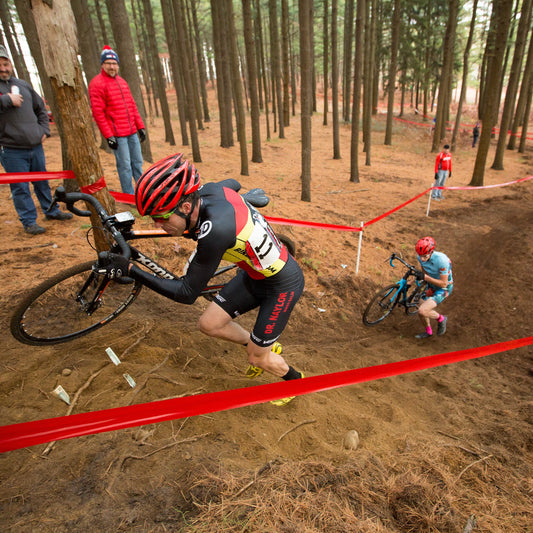Mindset Exercise: The Red Flag Audit
This week, you’re going to assess your training stress levels and implement a strategy to keep burnout from creeping in.
Step 1: Identify Your Burnout Warning Signs
Look at the list below and mark which ones you’ve experienced in the past two weeks:
✅ Physical Red Flags:
☐ Workouts feel harder than usual.
☐ You’re missing paces/power targets consistently.
☐ You feel sluggish even after rest days.
☐ Increased soreness that doesn’t go away.
☐ Minor aches and pains aren’t improving.
✅ Mental Red Flags:
☐ You’re feeling more irritable or impatient.
☐ Training feels like an obligation, not something you enjoy.
☐ You feel anxious if you miss a session.
☐ You’re doubting yourself more than usual.
☐ You don’t feel excited about upcoming races.
If you checked three or more, it’s time to adjust your training stress before it leads to burnout.
Step 2: Implement the “Green Light” System
For your next five workouts, use this simple self-check system before starting:
🟢 Green Light (Good to Go!)
- You feel motivated and ready to train.
- No lingering soreness or fatigue.
- You’re excited (or at least neutral) about the session.
🟡 Yellow Light (Adjustments Needed)
- You feel tired but not broken.
- Motivation is lower than usual, but you can still train.
- Modify intensity: Dial it back by 10-15% (e.g., reduce pace, power, or volume).
🔴 Red Light (Take a Recovery Day!)
- You feel exhausted, sore, or mentally drained.
- Motivation is at zero and even the idea of training feels overwhelming.
- Take a full recovery day or swap for light movement (walk, yoga, etc.).
Your goal this week:
🔹 Avoid forcing a workout when you're at a red light.
🔹 Respect the yellow lights and adjust accordingly.
🔹 Recognize that green lights don’t mean going 100% all the time—just that you’re ready to execute the day’s plan.
Final Thought: Smarter, Not Harder
High-achieving athletes often fear that taking a step back means falling behind. In reality, the ones who manage their stress and avoid burnout are the ones who stay in the game long enough to succeed.
🔹 Hard work doesn’t mean ignoring warning signs—it means learning when to push and when to back off.
🔹 The strongest athletes aren’t just physically tough—they’re mentally disciplined enough to recover properly.
This week, challenge yourself to not just train hard, but train smart. It might be the difference between breaking through and breaking down.









